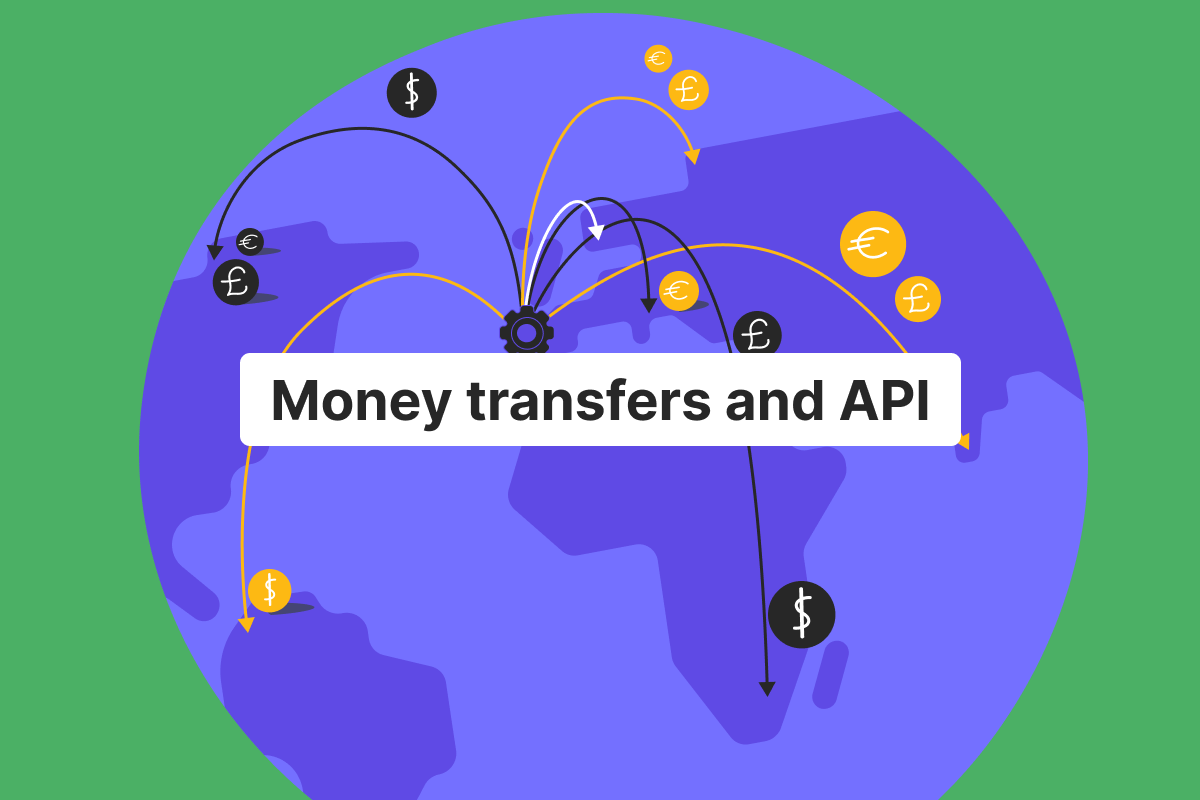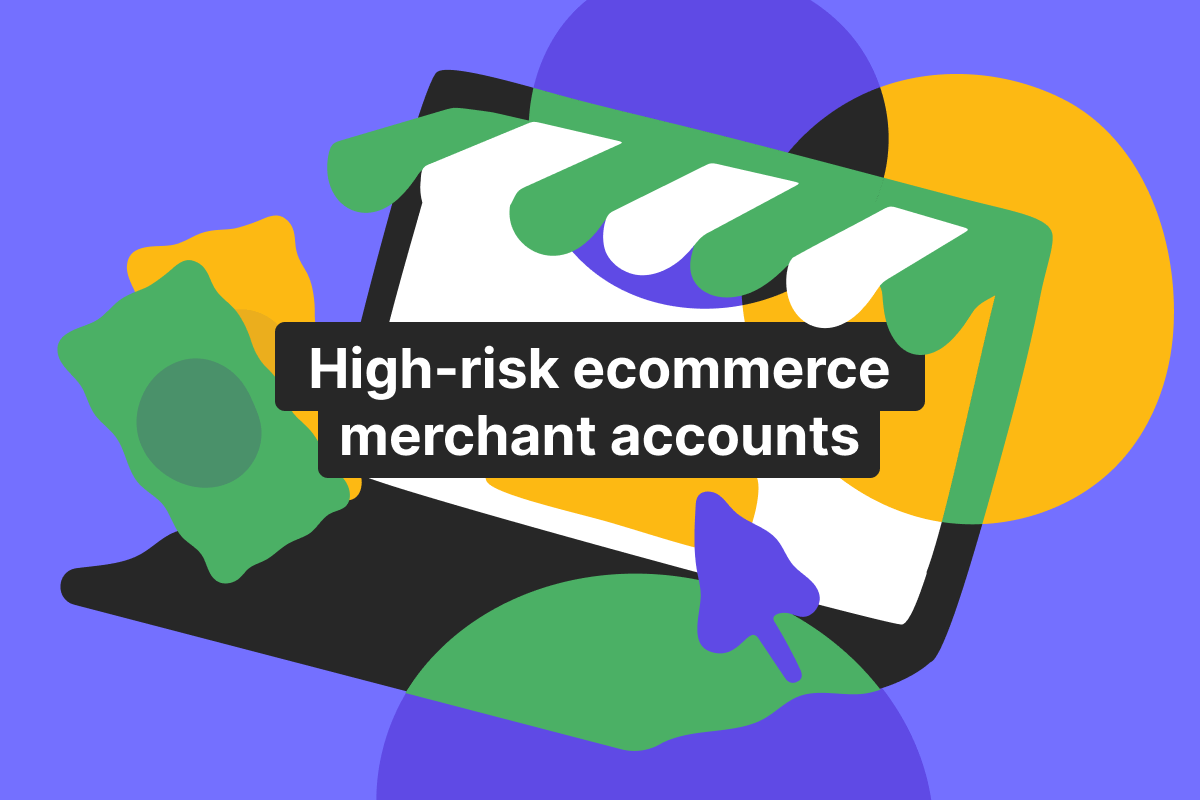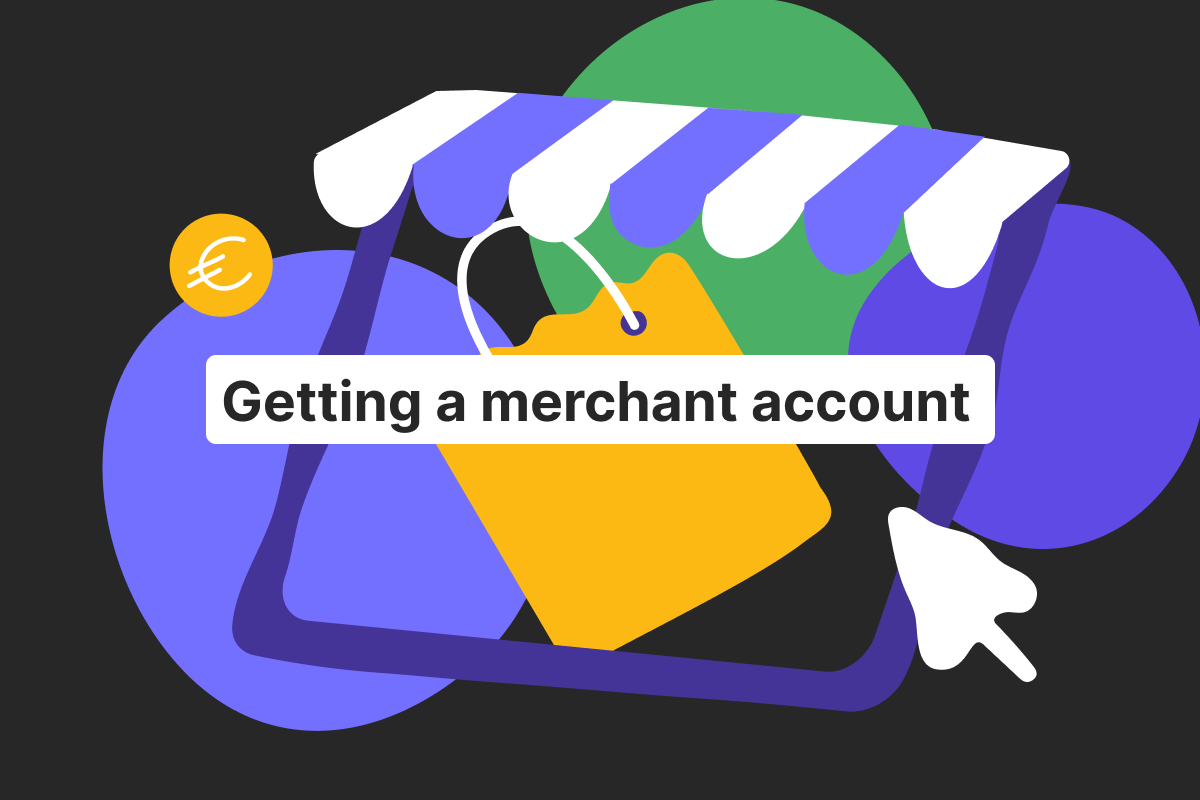We aim to explain what APIs (application programming interfaces) truly represent and how financial institutions utilize API banking to facilitate money transfers. The reason for that is twofold: first, the growing popularity of using API to send money or utilize other financial services, and second, Genome, as a provider of API-driven payment tools, sometimes faces questions from clients such as “What is banking API,” “Do I need API for a bank account,” and so on.
Discover what API banking is and how Genome utilizes APIs for its financial services below.
What is an API money transfer?
In broad terms, a money transfer API (API stands for application programming interface) is a secure software interface that enables applications to initiate, manage, and track bank transfers.
Let’s take some popular mobile apps, for example, Apple Pay or Google Pay – an interface that, when used, is connected to the APIs. Does it mean that the Google Pay app is an API itself? No. The app interacts with APIs, but it is not an API.
A fast food restaurant order screen is a good example of it – effectively, you’re using a visual interface to communicate with the restaurant’s backend system, much like how an app uses banking APIs to communicate with banking systems.
In the money transfer process, the API banking service acts as a bridge between your application and financial infrastructure, such as banks, payment providers, or money wallets.
Effectively, API banking works around the complexity of protocols and regulatory requirements, allowing for seamless international payments or domestic money movement capabilities to be integrated into websites, mobile apps, or backend systems.
Almost any popular financial service with a bank account or wallet can be connected directly to transfer APIs that offer local and international transactions via API banking tools. It enables real-time, scalable, and secure payment processing while ensuring compliance and transparency across European jurisdictions.
How money transfer APIs work
Money transfer APIs follow a set workflow that allows companies to automate payments in real time. Here’s a breakdown of the typical money transfer API workflow:
Authenticate the request. The process starts with API authentication – usually via a private API key (or API code), OAuth tokens, business identifier code, or encrypted credentials to verify the user’s identity and authorize access to the account or service.
Create a quote. Before a person can send money, the system generates a quote based on the transfer amount, currency, destination, and any applicable fees or exchange rates. This step helps ensure cost transparency and lets the user confirm the transaction details.
Fund the transfer. Once the quote is approved, funds are reserved or debited from the sender’s account. Depending on the API banking provider, this could happen via internal balance, bank debit, or card payment.
Execute the transfer. The API then initiates the transfer using the appropriate financial tools (such as SEPA, SWIFT, or local financial services). It securely routes the funds to the recipient’s bank account, often within seconds or hours, depending on the method and destination.
Track transfer status. After it is done, the system provides real-time status updates, such as “processing,” “sent,” “completed,” or “failed.” These updates can be pulled via API calls or pushed as webhooks to keep users and systems informed.
Such a workflow provides an accurate picture of money movement, which is a must-have for operational efficiency in the digital age.
Key benefits for businesses
One of the most common questions has come. In short, banking APIs make the movement of funds more advanced, enable tracking, and make bank account management as easy as ever.
Let’s take a look at the core benefits:
Speed and automation
Faster transfers: APIs enable near-instant or same-day payments through local and international transfers, such as SEPA, SWIFT, or Automated Clearing House.
Autopayments: Eliminate spreadsheets and manual visits to the bank’s website with automated, programmable workflows – customizable logic that sends money or triggers regular payments.
Global reach and multi-currency support
International transfers: Send money to vendors, contractors, or customers worldwide with just a few lines of code.
Currency management: Many APIs support real-time currency conversion for preferred currencies, including exchange rates, as well as multiple currency wallet options.
Security and compliance
API key authentication: Every request is secured using API keys or OAuth tokens, ensuring only authorized systems can initiate transfers.
KYC/AML built-in: Top providers incorporate regulatory compliance features, including Know Your Customer (KYC), Anti-Money Laundering (AML), and transaction monitoring.
Webhook alerts: One of the best security measures will provide you with real-time updates on transfer statuses, errors, or suspicious activity, maintaining transparency and control.
Scalability and control
Batch payouts: Send thousands of payments at once – ideal for payroll and cash flow management in e-commerce.
Real-time tracking: Monitor the status of each transaction from initiation to completion via dashboards or API queries.
Access control: Assign roles and permissions across teams or environments to ensure secure, compliant usage at scale. This way, authorized employees can send money on your behalf, sharing the workload.
Open an account
in Genome online
Use cases of API money transfer
Now, there are some examples where API banking would be very beneficial. We have chosen the most impactful use cases to showcase how the API handles financial operations with utmost benefit for users.
Payouts to vendors, employees, and contractors
Businesses can automate mass payments to:
Freelancers and remote teams across borders
Suppliers and service providers with scheduled or milestone-based payments
Employees via digital payroll systems, especially for global teams
APIs enable faster, recurring, and error-free payments without the need for manual banking. Business partners and customers enjoy delay-free transfers, and companies can run their operations smoothly.
Cashback, refunds, and insurance claims
Must have for retail e-commerce, API banking makes it easy to automate:
Customer refunds for returned products or billing errors
Cashback payouts for loyalty programs or affiliate programs
Insurance reimbursements are directly deposited into claimants’ accounts
This way, the API improves customer experience and makes work much easier. Using it, businesses can retain more customers, as the latter can trust companies with their money.
Aggregator platforms and multi-currency wallets
Money transfer APIs are essential for platforms dealing with:
Currency exchange and rate quoting
Multi-currency digital wallets for global customers
Aggregator services that handle payments on behalf of many users or sub-merchants
These platforms rely on APIs to securely handle real-time conversions, settlements, and balance updates.
API banking automation increases reliability and scales business operations with ease. Such banking services will help handle international transactions, domestic payments, and payment schedules to facilitate money transfers.
Companies from fintech, e-commerce, iGaming, and insurance find the most benefits from money transfer APIs.
Money transfer API vs. other APIs
Throughout the article, we briefly mentioned some other APIs, like the banking API example, but we should clarify all of them.
Open banking APIs, payment gateway APIs, and money transfer APIs all serve the same purpose: facilitating financial transactions. However, they each have distinct functionality.
We have created a comparison table for you to see the differences.
Money transfer API vs other payment APIs
API Type | Primary function | Money rail access | Use case example |
Money transfer API | Initiate and manage bank transfers and payouts | SEPA, SWIFT, ACH, Faster Payments, internal bank systems | Automated payroll, vendor payouts, multi-currency transfers |
Payment gateway API | Accept payments from customers via cards or wallets | Card networks (Visa, Mastercard), Apple Pay, Google Pay | Online checkout for e-commerce or SaaS platforms |
Open banking API | Access bank account data (data sharing) and initiate payments with consent | Direct account access via banks (PSD2, etc.) | Account-to-account payments, balance checks, budgeting apps |
Challenges and integration considerations for money transfer API
Money transfer APIs offer speed and automation when you make local and international payments, but to achieve this, businesses must overcome several technical and regulatory challenges during setup within existing systems for seamless integration. Here are the key considerations:
Integration complexity
Webhook handling: Properly setting up and validating webhooks is crucial for receiving real-time updates (payment status, error messages).
Retries and timeouts: APIs must be resilient to network issues or service downtimes. Implementing retry logic and fallback procedures is essential for reliable transfers.
Security practices: Safeguard API keys, implement IP whitelisting, and use secure authentication (e.g., OAuth) to prevent unauthorized access.
Compliance and international regulations
KYC/AML requirements: Sending money – especially internationally—requires identity verification, monitoring suspicious activity, and adhering to anti-money laundering (AML) rules.
Cross-border regulations: Each country may have its own local regulations and rules for outbound and inbound transfers, data protection (e.g., the GDPR), and transaction limits.
Licensing dependencies: Using partner APIs and third-party applications may require alignment with licensed financial institutions, banks, or providers.
FX and liquidity management
Currency conversion: Multi-currency transactions require accurate and timely foreign exchange (FX) rate handling, along with transparency regarding fees and spreads.
Liquidity planning: Ensure your system or provider maintains sufficient balances in required currencies to avoid transaction delays or failures.
Error management best practices
Detailed logging: Log all request and response data (safely), including error codes and messages for troubleshooting.
Graceful failures: Notify users or systems when a transfer fails and allow for retry or escalation.
Monitoring and alerts: Set up dashboards and alerts for failed transactions, webhook delivery issues, or suspicious patterns.
Successfully integrating a money transfer API requires both technical diligence and regulatory awareness.
Why choose Genome’s money transfer API
When it comes to API-related tools and managing cross-border transactions, Genome offers a powerful and developer-friendly solution tailored to meet the demands of modern businesses. Get a dedicated EUR IBAN (international bank account number) account and access mass payments for transferring funds in bulk.
Payout API with SEPA support
Genome’s payout APIs provide fast and secure money transfers within the SEPA zone, supporting seamless and scalable transactions. Our payout API ensures smooth payments – even when handling high volumes of transfers. Whether you’re paying vendors, contractors, or employees, the integration simplifies the entire process with speed, transparency, and precision.
Multi-currency business accounts
Genome provides multi-currency accounts, allowing you to hold and manage funds in various currencies without needing to switch platforms. Currently, 12 currencies are available: USD, GBP, EUR, PLN, CHF, JPY, CAD, CZK, HUF, SEK, AUD, and DKK. All these currencies can be used for international transfers, you just need to check if you are eligible. You can also link most of them to Genome’s virtual and physical Visa cards. This is essential for companies operating across different regions and dealing with international suppliers or clients.
Real-time tracking with webhooks
Built by Genome’s team, the API offers real-time webhook notifications that keep businesses updated on the status of C2B payments. This transparency supports better financial oversight and faster response times.
Developer-first approach
Genome’s API for money transfers comes with clear, well-structured documentation, making integration and testing seamless for developers. Our team is ready to help you every step of the way.
Batch payments
For businesses managing high-volume transactions, Genome supports batch transfers as well, allowing businesses to efficiently manage large-scale customer-to-business (C2B) and business-to-customer (B2C) transactions by processing multiple payments at once!
Real-time access
Gain full visibility into your operations with the Genome app and web platforms – available online at all times. Track transaction statuses, view detailed logs, and receive alerts for errors or suspicious activity – all in one place.
Open an account
in Genome online
How to use Genome’s money transfer API
To access our money transfer API, you need to open a business wallet first. The process is straightforward and happens completely online. Here’s what you need to do:
Go to my.genome.eu.
Begin the onboarding process, ensuring you have provided your personal details and passed the video selfie verification first.
Fill out information about your business.
Provide the required documents and confirm the ownership structure.
Afterwards, our team will guide you through the setup process for API-related tools.
Conclusion
Money transfer APIs offer unmatched speed, control, and scalability – empowering businesses to automate payments, manage cash flow efficiently, and grow across borders with ease. Want to see the effects for yourself? Apply for an account with Genome and access API money transfers to simplify your mass payments.






